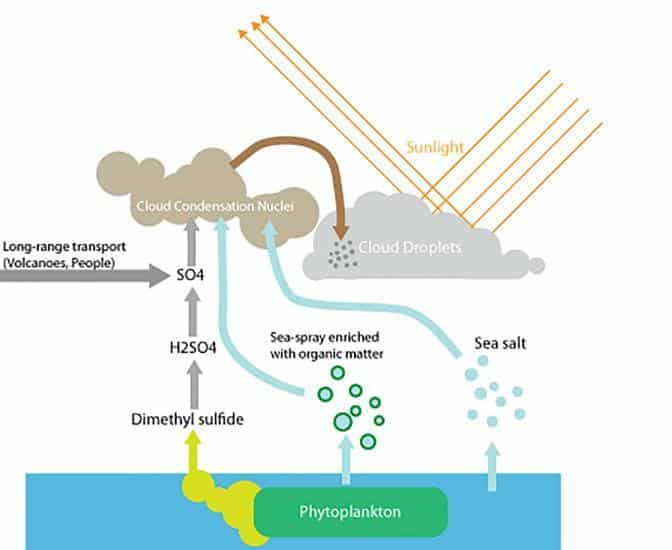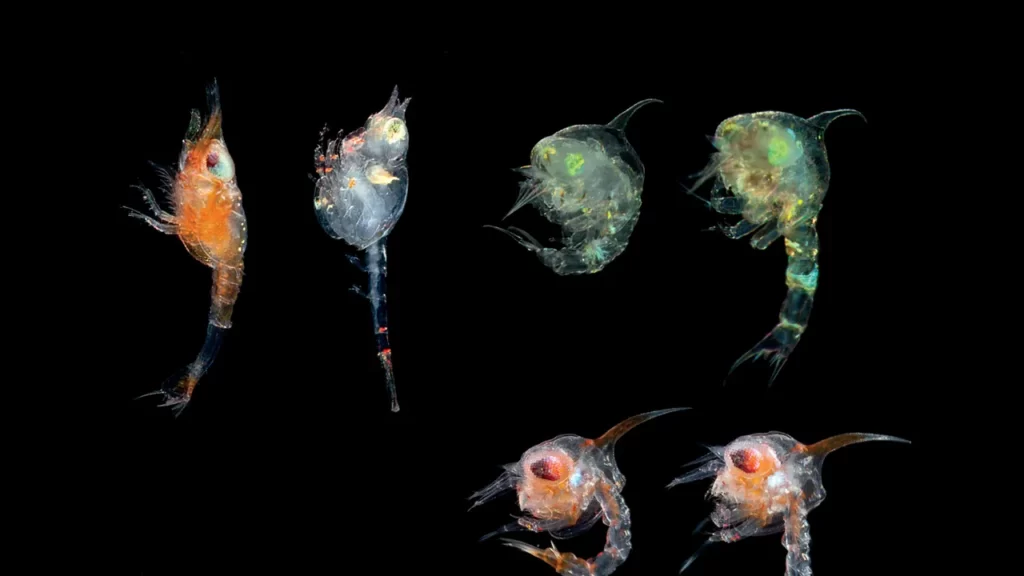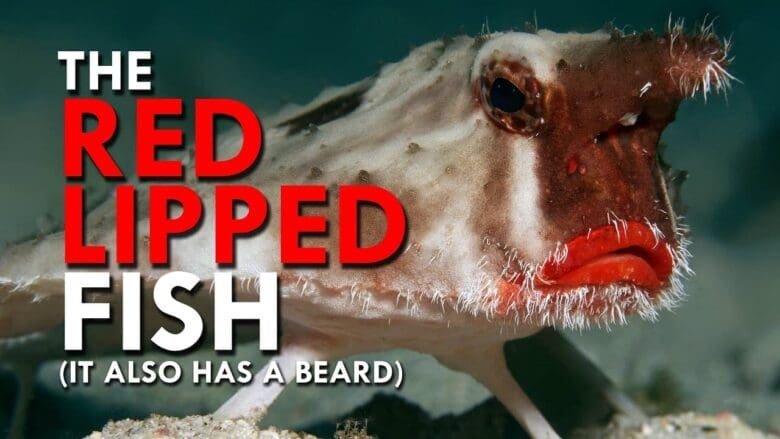Most evolutionists will tell you that evolution is about life that “adapts to it’s ever changing surroundings”. But what if there were a life form that could change it’s surroundings to suite it’s needs? One that could actually control the weather so that the heat from the sun in the summer time won’t kill it. Is this possible? Yes it is. Meet plankton.

What clouds look like made by what plankton do. They are much whiter therefore reflecting more of the sun's rays back into space cooling the planet.

It’s almost hard to believe, but new NASA-funded research confirms an old theory that plankton can indirectly create clouds that block some of the Sun’s harmful rays. The study was conducted by Dierdre Toole of the Woods Hole Oceanographic Institution (WHOI) and David Siegel of the University of California, Santa Barbara (UCSB).
The study finds that in summer when the Sun beats down on the top layer of ocean where plankton live, harmful rays in the form of ultraviolet (UV) radiation bother the little plants. When they are bothered, or stressed, plankton try to protect themselves by producing a compound called dimethylsulfoniopropionate (DMSP). Though no one knows for sure, some scientists believe DMSP helps strengthen the plankton’s cell walls. This chemical gets broken down in the water by bacteria, and it changes into another substance called dimethylsulfide (DMS).
DMS then filters from the ocean into the air, where it reacts with oxygen, to form different sulfur compounds. Sulfur in the DMS sticks together in the air and creates tiny dust-like particles. These particles are just the right size for water to condense on, which is the beginning of how clouds are formed. So, indirectly, plankton help create more clouds, and more clouds mean less direct light reaches the ocean surface. This relieves the stress put on plankton by the Sun’s harmful UV rays.
For years now scientists have been studying related processes in the lab, but this is the first time scientists have shown how variations in light impact plankton in a natural environment. The research was done in the Sargasso Sea, off the coast of Bermuda.
Previous research also found that the cloud producing compound peaks in the summer in the ocean, when UV rays are high, but plankton numbers are at their lowest.

“Plankton levels are at a minimum in the summer but DMS is at its peak,” said Toole.
In the warmest months, the top layer of the ocean warms as well. This heating of the top 25 meters (around 80 feet) creates a contrast with cooler deeper layers. The deeper layers hold many of the nutrients that plankton need to live on. Like how oil separates from water, the warmer upper layer creates almost a barrier from the cooler lower layers and less mixing occurs. Also, the shallow upper layer exposes the plankton to more UV light. Under conditions where there are low nutrients in the water and levels of UV light are high, plankton create more DMS.
DMS levels peak from June through the end of September. During the season, the study found that a whopping 77 percent of the changes in amounts of DMS were due to exposure to UV radiation. The researchers found it amazing that a single factor could have such a big affect on this process.
“For someone studying marine biology and ecology, this type of variation is absolutely incredible,” Siegel said.
The researchers were also surprised to find that the DMS molecules completely refresh themselves after only three to five days. That means the plankton may react to UV rays quickly enough to impact their own weather. Toole and Siegel were surprised by the lightning-fast rate of turnover for DMS. To give an example for comparison, when carbon dioxide gets into the atmosphere where it acts as a greenhouse gas and traps heat, it may last for decades. Toole adds that the cycles that break down DMS scream along at these very fast rates, even though overall amounts over the course of the year remain pretty stable with a slow increase over summer and a gradual decline over winter.
The next step for the researchers will be to see how much the added clouds from plankton actually impact climate. By figuring out how plankton react to light, scientists now have the information they need to use computer models to recreate the impacts of plankton on cloud cover. Since the white clouds can reflect sunlight back out to space, the researchers believe the plankton-made clouds may have some affect on global temperatures.
This is important in light of man-made greenhouse gas production that warms the planet, and ozone depletion that allows more life-threatening UV radiation to strike Earth.
“There is the potential that this cycle could slow global warming,” said Siegel. “But right now we have no idea of the size of it or even what it means.”
In order to measure how much plankton may alter the climate, computer models would need to simulate different scenarios. One scenario would show our climate without clouds due to plankton, and another would show the climate with the increased cloud cover. Then researchers could begin to compare the differences between each scenario.
The researchers add that this effect may help to slow or lessen climate change, but would in no way reverse the trend or stop it altogether.
The research took place in the Sargasso Sea, where a wide range ocean data has been collected since the 1950s. A 1998 study relying on data from this area contained a 1992 to 1994 time series that focused on the cycling of organic sulfur from DMS in the ocean. Siegel has also been collecting data of changes in sea surface temperatures over seasons, variations in both visible light and UV light in the water, and the relationships between these solar variations and DMS levels. All of these measurements have been taken from research vessels and buoys in the Sargasso Sea.
In the future, the paper’s
authors look forward to incorporating satellite data from NASA’s Sea-viewing Wide Field-of-view Sensor (SeaWiFS) mission into this line of research. SeaWIFS will provide comprehensive data on shifts in visible light reaching the ocean’s surface.
The study was funded by NASA. Studies of DMS have been funded by the National Science Foundation. The study appeared in a recent issue of Geophysical Research Letters.
References:
NASA
Space Daily
Questions:
1) How does such an ability evolve?
2) What is the process of this type of so called evolution?
Also, is this the answer to Global Warming? According to link below, because of the ability of Plankton to make clouds, that we should grow it to cool the earth.
MSNBC





